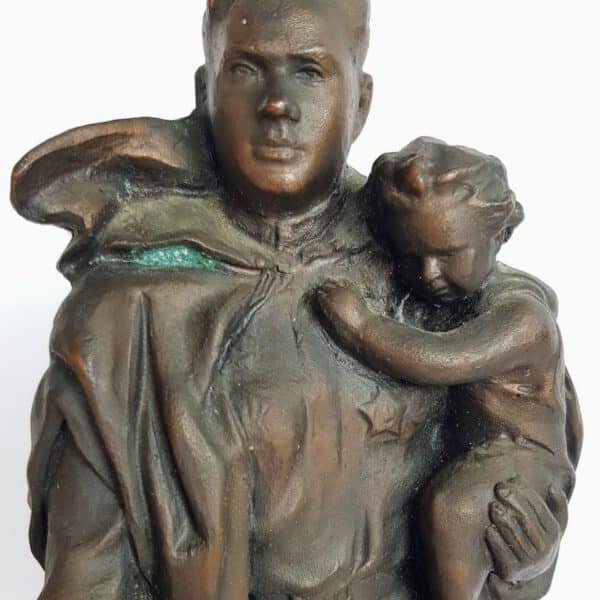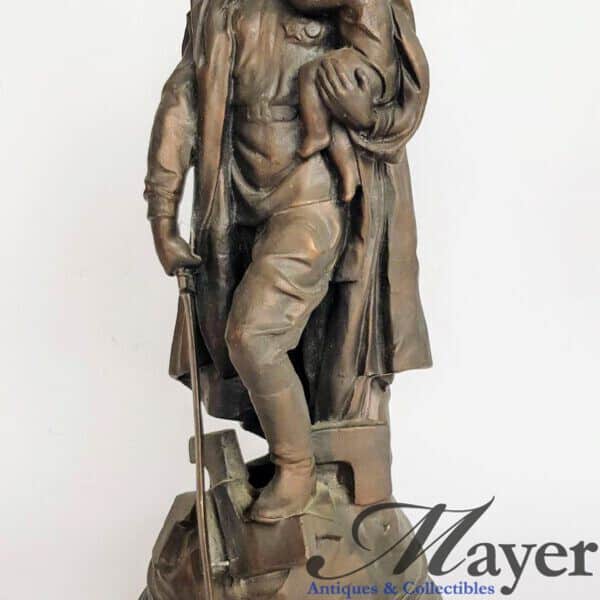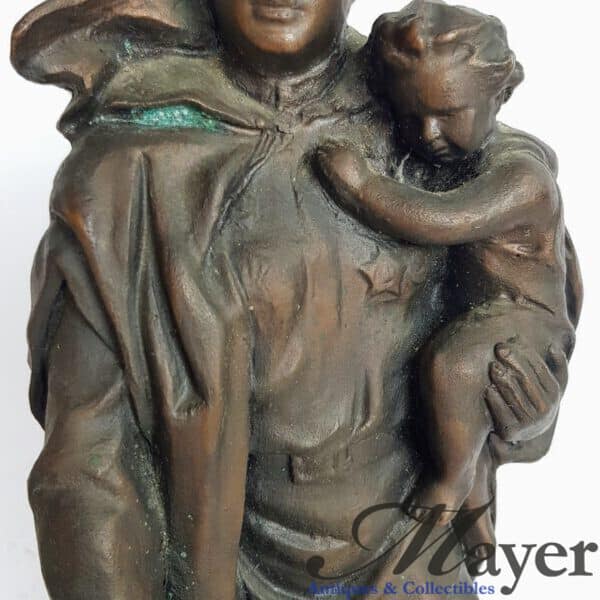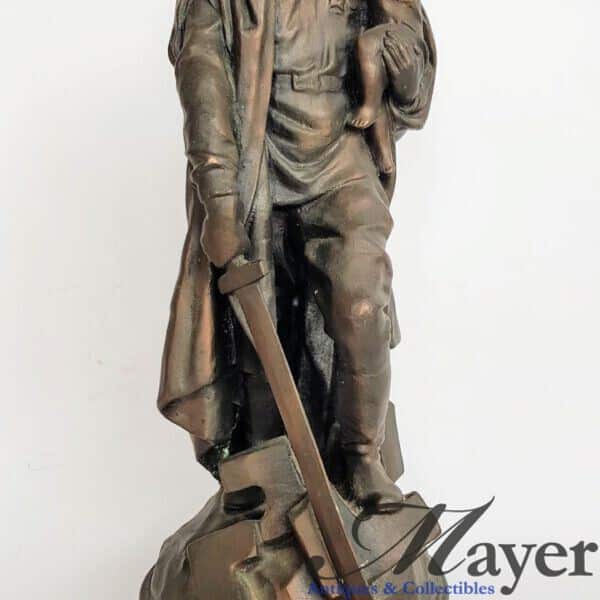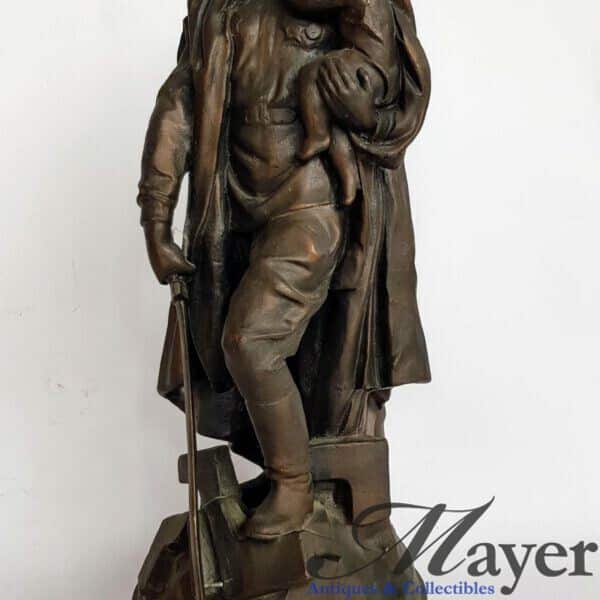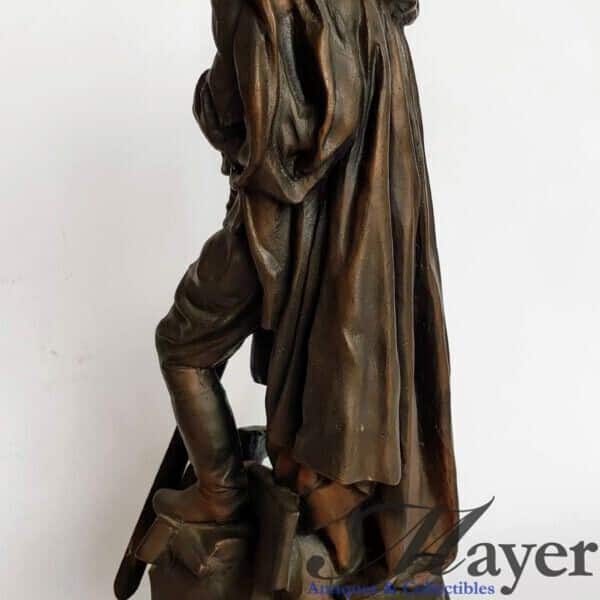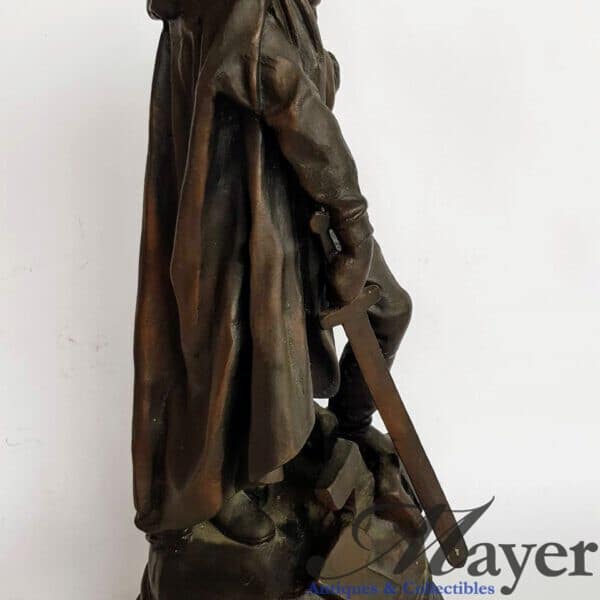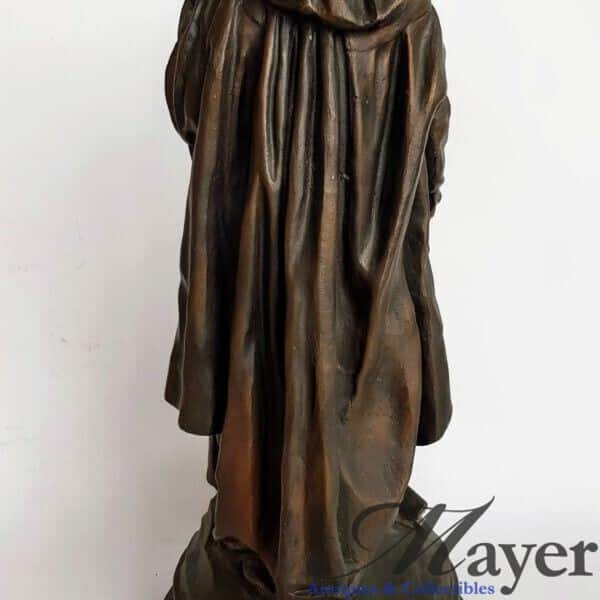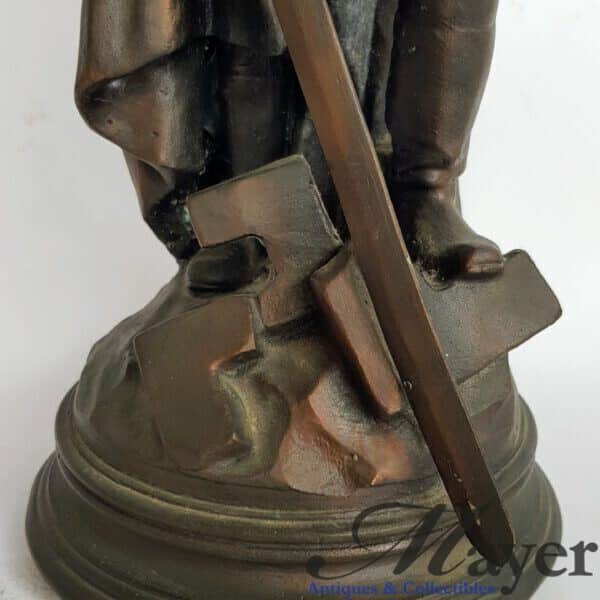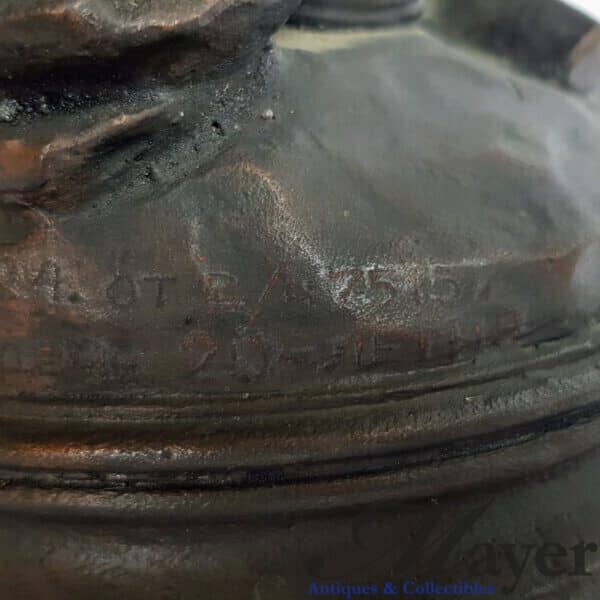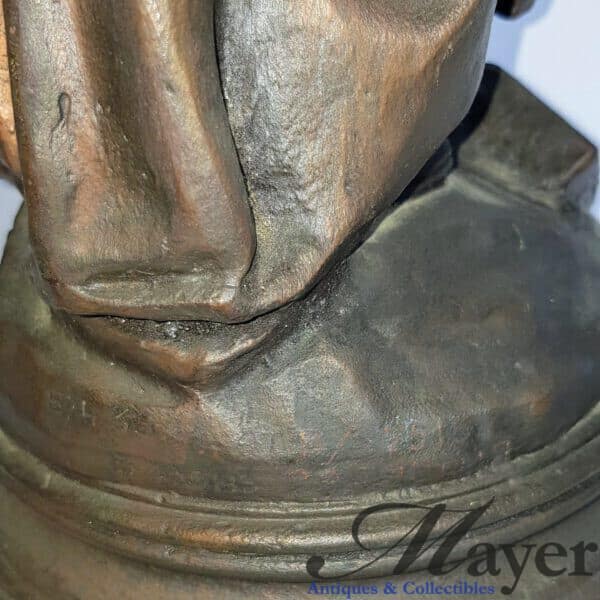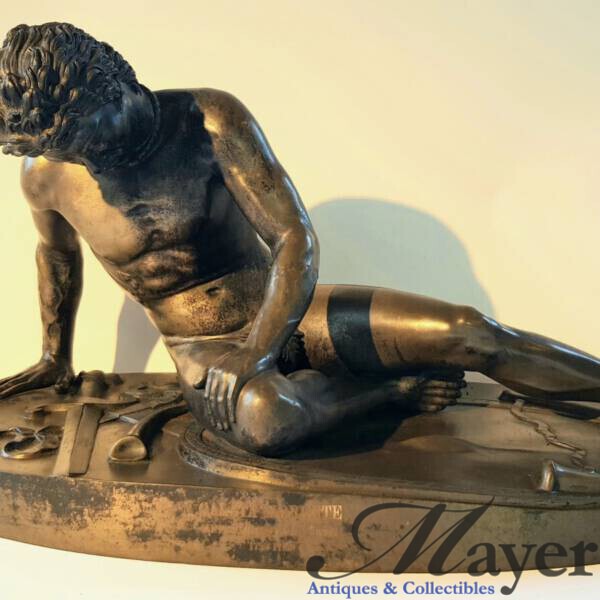The Liberator by Sculpture Yevgeny Vuchetich emphasizes the idea, that the Soviet victory over Hitler was not a conquest but rather a liberation of the people oppressed by fascism. The background story of sculpture is of Soviet Sergeant of Guards Nikolai Masalov. On April 30, 1945, Soviet troops closed in on the Reich Chancellery – Hitler’s official residence. When approaching a bridge over the Landwehr Canal, Masalov noticed a three-year-old girl, sitting crying next to a dead Red-Cross nurse. Under heavy German machine-gun fire, he approached the girl and rescued her.
While there were many other legends about Russian soldiers rescuing German children, this one was authenticated in the memoirs of Soviet Marshall Vasily Chuikov.
Masalov died in 2001. Two years after his death, a plaque, commemorating his heroism was dedicated at the bridge.
There is more symbolism in the statue. The soldier holds the sword of a warrior-hero and underneath his boots are pieces of a broken swastika.
While the statue is supposed to depict Nikolai Masalov, modeling for the statue was a soldier named Iwan Odartschenko. Posing as model for the little German girl was Swetlana Kotikowa, daughter of Berlin’s Soviet town commander, general Alexander Kotikov. The identity of the original German girl has never been established.
Sculptor Yevgeny Vuchetich was one of the Soviet Union’s most renowned artists. His other famous sculpture is The Motherland Calls located in Volograd, Russia and the statue Swords into Plowshares in front of the United Nations building in New York.














